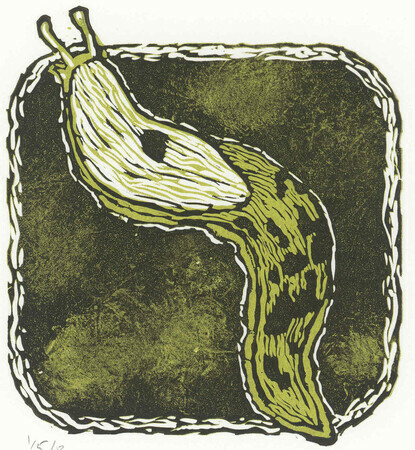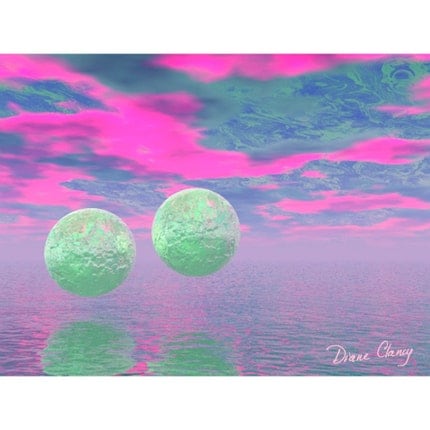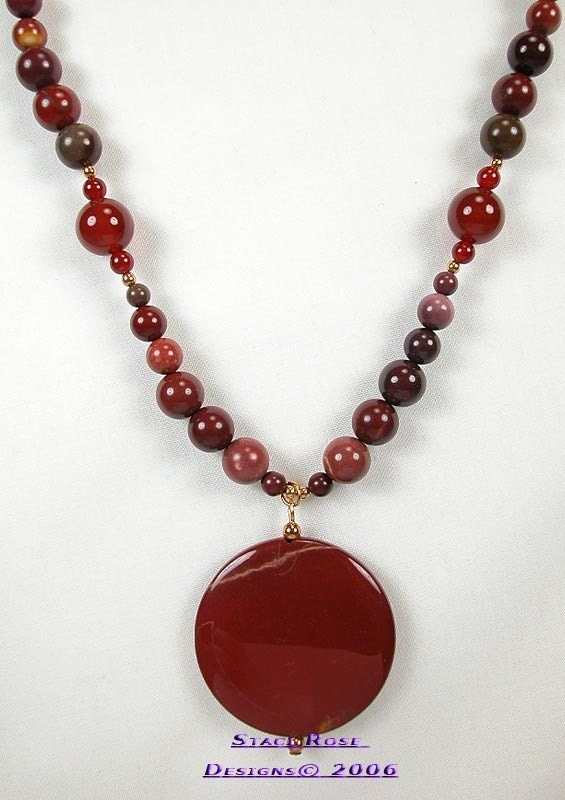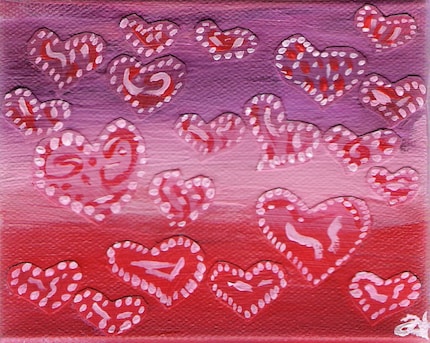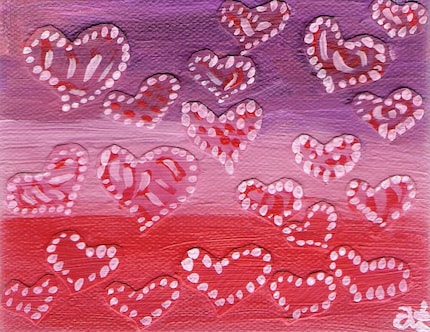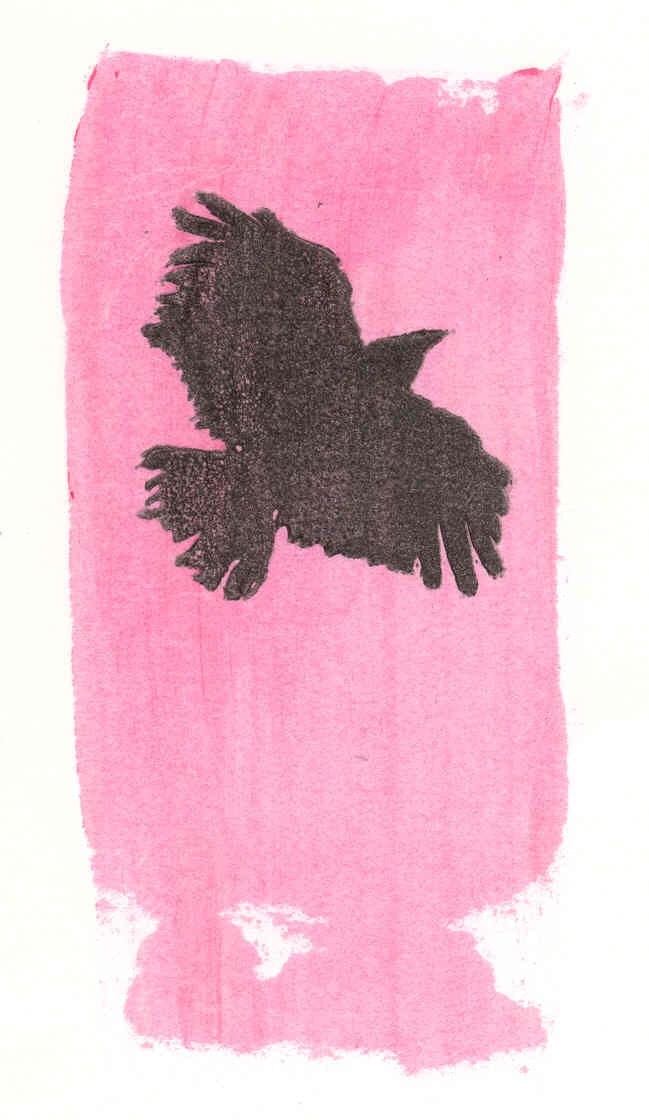As I'm carving my blocks, my brain wanders a lot. If it's a reduction piece I'm working on, my brain is typically jumping forward, developing the layers of shapes and colours, figuring out the order of the inks or how to mix the colours. Other times, I'm considering different ideas for my next pieces. Or it can just be extraneous fluff. I've been thinking a lot about the reproduction vs original argument. So I thought I'd search the web for "slow art". Here are some samples of what people discuss about "slow art" as turned up from a Google search:
What would the equivalent [to slow food] movement look like in the art world? (I hesitate to use the word movement — a loaded word if there ever was one in the art world.) Let me ask it another way: what would this kind of philosophical overlay do to the art world? I would argue that a lot of contemporary art is equivalent to fast food, with the exception of the pricing. A quick fix, easily ingested, but which ultimately leaves you wanting. In the art magazines and in galleries, I see a lot of art that could easily be described as “one-liner” art. Once you “get” it, the fun is over. But fast art is not cheap — often it’s the stuff going for stratospheric prices.
Without, for the time being, getting into the eco-disaster that is art materials — another day, another post for that — and without getting into fair compensation, I wonder what is art that tastes good?
I think a key differentiator is whether the work takes time to unfold as you view it — that is, you can’t comprehend everything that’s there within a few seconds — and whether an ongoing experience of the work is expansive. If, living with the work, you continue to discover new subtleties and it continues to spur thought — that might start to indicate a slow art.
Pfeiffer challenges his distracted, image-saturated viewer to tune in to the real-time pace of a day beginning and ending, and Eno draws in crowds and keeps them for hours at a time with a mesmeric unfolding of practically endless visual (and musical) possibilities. Two very different approaches, but both are experiences intended to elicit and reward patient, sustained attention. This is an interesting development; perhaps part of a broader aesthetic backlash also including the Slow Food movement? For in the visual arts, a field of endeavour where it seems increasingly difficult to capture interest with conventional shock tactics, that which demands a certain kind of careful attention — which decelerates — may be some of the most daring artwork of all.
In our digital culture, we can task simultaneously, message instantly, and prototype rapidly, but, in doing so, do we create an oasis for contemplation, or do we fuel a hunger for yet more speed? As technology colors all aspects of our world, we see the inevitable pendular response in campaigns that advocate slowness.
The Italian membership organization Cittaslow's manifesto defines criteria for slow cities, focusing on improved quality of life. Internationally, people are organizing to protect regional food systems, traditions, and cuisine as part of the Slow Food Movement. There is a return to artisanship, and a renewed focus on the local, as opposed to the global.
Throughout time, artists have pioneered the important task of illustrating and preserving humanity. For the SIGGRAPH 2008 art program, we are seeking art and investigations that address our overarching conference themes (Complexity and Accessibility, Future History, Global Responsibility, Impact on Society, and Professional Development and Education) through the filter of Slowness. Some questions we hope to explore are:
- In which ways do new media artists employ the tools of speed to address the issue of slowness?
- How does the speed afforded by technology affect the work we make?
- With the rapid changes in new media, how will these artworks be preserved, and do questions of legacy affect the creative process?
- How can new media art assist in the preservation of cultural diversity?
...the idea of “difficulty” is easy to parody, but powerful works of art are not like thirty second grabs on prime time TV . They are slow sustaining adventures into the unknown. How could great ideas be instantly accessible in all their complexity to everyone? Why should we not take pleasure in slowly discovering the layers of meaning or tracing a history of ideas? How else can we increase our sensitivity to reality and learn to value the complexity of life? Like the slow food movement I advocate a slow art movement. This might not make sense in the short term market economy but it rewards the thoughtful viewer with a life time of discovery, and incidentally goes some way to justifying the value of the object beyond the fashion of the day.
With its attention to detail and beauty, slow painting is very rapidly gaining recognition as a bold new movement and is being lauded as New York’s new "fast".
The idea of craftsmanship and artisanship is absolutely part of this. A Slow Food chef uses ingredients that have a story and a heritage, but can use them to make a new dish. Similarly, for me, a Slow Cloth artist has a knowledge and skill base that respects traditional craft techniques, whether it's shibori dyeing or quilting or embroidery. But the results can be traditional or new. So in my mind, both a traditional quilt and an art quilt and even a fabric postcard can all be Slow Cloth. It's more about intention, approach, quality, and a sense of connection.
They [Arts and Crafts movement] were the ‘original’ slow movement – they were reacting against the increasing prominence and dehumanising effects of the machine, and moving back to artisans and handcrafted objects. Of course the handcrafted objects came at a higher price and it became a catch22…. Morris said ‘why should I minister to the swinish luxury of the rich?’ The movement wanted to produce quality, hand crafted items, which would provide artisans with a meaningful existence (’art is, in its true sense, after all, the crown and flowering of life and labour…’ Walter Crane), however the costs of production meant that only the rich could afford the quality products – the rest of us get stuck with the dross! Morris was also a socialist if you couldn’t guess by this next quote from his ‘The Beauty of Life’ lecture: ‘Art made by the people and for the people, a joy to the maker and the user’. I think this is the crux of the matter.
Now, none of this is quite what I had in mind, yet all of it touches to some extent the source of our dialogue of reproduction vs original. To me, the crux is the drive to
create - I think that all artists have it to some degree or another; why else would be sticking pigments on supports, carving forms out of mass, piecing fragments together to create a different whole? Yet in the instant gratification, mass production, capitalist-economic world, the siren pull to provide inexpensive and easy options to satisfy a market demand is certainly strong. McDonald's, anyone?
Maybe it's not so much "slow art" in the sense that it's highly detailed, or takes a lot of time to look at to fully appreciate, but by the fact that you had to slow your life down somewhat in order to bring the finished piece into being. It has to be
created, perhaps, rather than
produced. And we should honour our benefactors who support our efforts to create.
Etsy almost gets it, yet it doesn't make any efforts to distinguish between reproduction and original, because it's easier for people to search for "print" to find all of those lovely reproductions (and I'm excluding photography and originally-created digital art from this definition) that are inexpensive and sell quickly. All opportunities to provide our customers, our market, the people who admire and purchase our art, with original, created works, should be promoted, emphasized, recognized and cherished.

